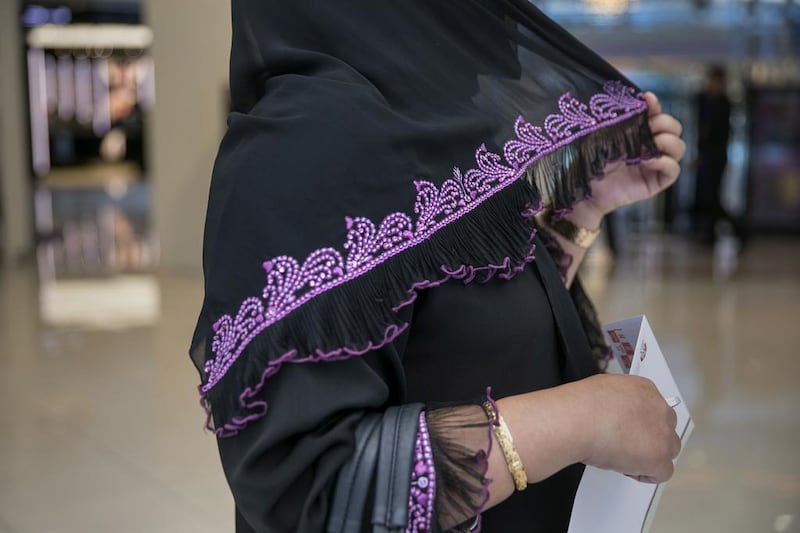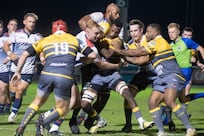The world seems obsessed with what Muslim women wear.
So it comes as no surprise that The New York Times dedicated a piece called What's That You're Wearing: A Guide to Muslim Veils as part of its new What in the World series to explain the various clothing different Muslim women wear - and why.
It is an interesting breakdown, with some reference to history and the Quran.
Yet while the New York Times mostly gets it right, the piece is overly simplistic and misses key elements seen throughout the Gulf and wider region.
For instance, the explanation of the abaya has the garment covering the body and the head, with no mention of the key separate piece: shayla or tarha, or headscarf, worn to observe the act of hijab.
In addition, there is no mention of the evolution of the abaya, and the New York Times shows only the traditional black garment, without a nod to the tremendous changes seen throughout the region in recent years, including coloured versions and an explosion in decoration.
In describing the burqa, the piece refers only to a Taliban-required garment, that is “worn mainly in Afghanistan, and covers the entire face, with a crocheted mesh grill over the eyes”.
There is no mention that the burqa is also one of the oldest items in the Gulf region, traditionally worn by girls when they came of age - still seen, but more and more rarely.
The Gulf burqa is a traditional, metallic-coloured red or golden embroidered cloth used to cover part of the face. The burqa is a version of the Islamic niqab, or face veil, where there are different designs for different ages and for different occasions. In the UAE today, it is mainly worn by the older generation.
Small details indeed, but for those who wear the Islamic dress, they are worth noting.
The issue of hijab and the veil itself remains highly debated everywhere, an issue that was explored in the UAE documentary, The Tainted Veil, made by Abu Dhabi's Anasy Media last year (see the clip below).
“The student who covers her head is covering her mind too,” was one opinion, while another argued that “veiling the heart” must come first before veiling of the head.
rghazal@thenational.ae





